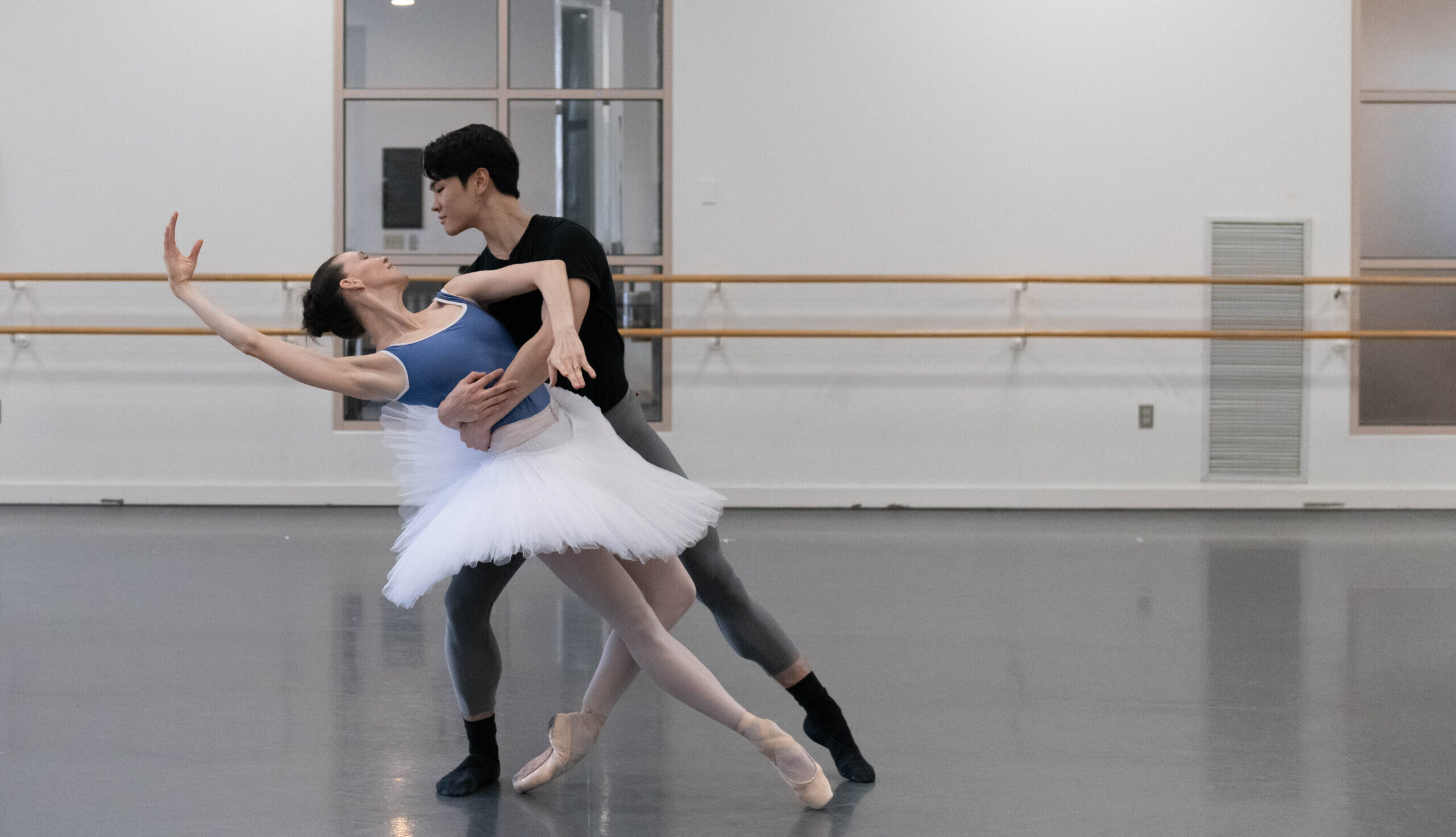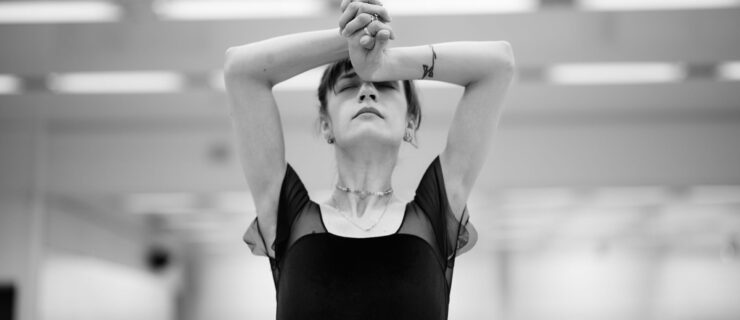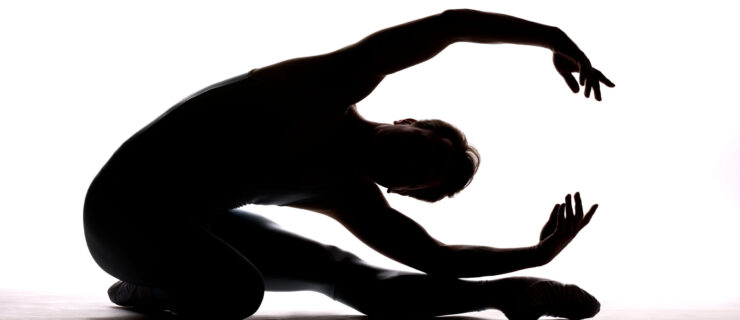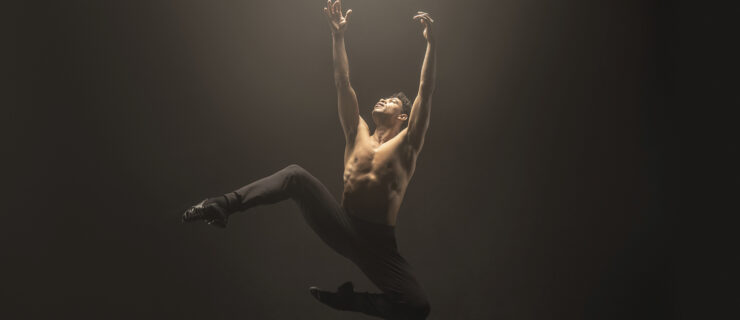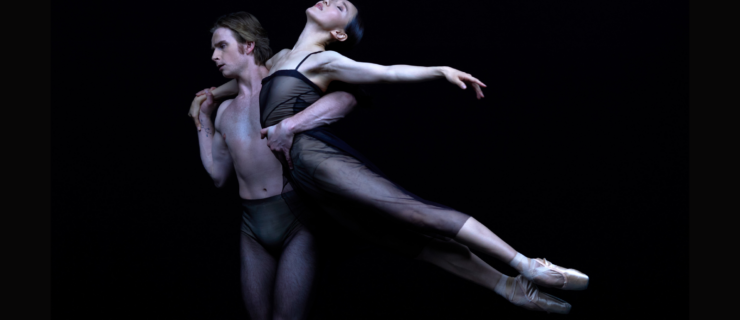Boston Ballet Lets Classicism Shine in Its Reimagined Raymonda
In a studio rehearsal for Boston Ballet’s new Raymonda, principals Ji Young Chae and Jeffrey Cirio run through the dream scene pas de deux with a liquid elegance that camouflages their heavy breathing. It’s only when the music stops and Cirio puts his hands on his knees while Chae lets herself visibly gasp for air that it’s clear how hard they were working. International ballet master (and former Paris Opéra Ballet étoile) Florence Clerc pops up to give notes on a partnered grand rond de jambe en l’air, helping the dancers show more clarity in à la seconde before moving into arabesque. It’s a common classroom step, but the dancers polish it until it shines.
This Marius Petipa ballet is getting a 21st-century glow-up that puts its bravura, classical choreography front and center. With the help of Clerc and character-dance expert Alla Nikitina, Boston Ballet artistic director Mikko Nissinen has reimagined the work as a 75-minute one-act that removes the offensive storyline around the villainous character Abdurrahman while preserving the magic of academic classicism.
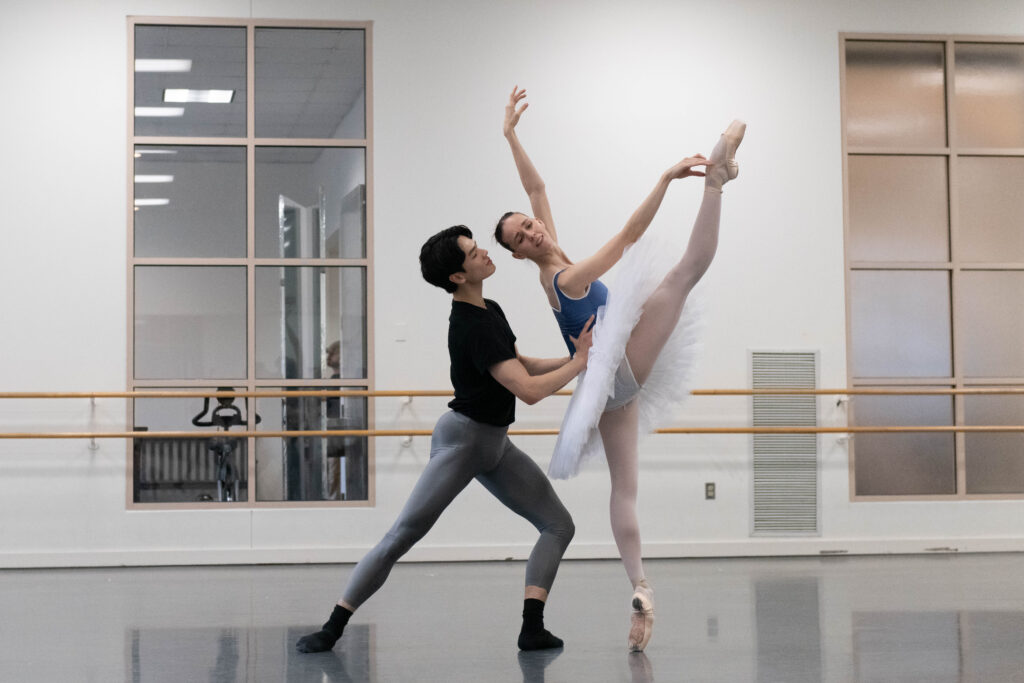
The new production will premiere alongside two Helen Pickett pieces in a triple bill called Winter Experience, from February 22 through March 3, at the Citizens Bank Opera House in Boston. Nissinen says it’s been a long time coming. “I have had the idea for a good 10 years,” he says. “I programmed it at least three times and canceled for different reasons—budget, that and the other.” He’d always loved the ballet but didn’t want to put an Islamophobic narrative onstage. Eventually, he realized he could simplify the story to eliminate the Abdurrahman character altogether, condensing the ballet from three acts to one, with four scenes, “and put the focus where the success of Raymonda has always been: the dancing and the music,” he says.
Although there is a nod to narrative in this reimagined version, Nissinen says it’s less focused on storytelling and more about celebrating the beauty of classical technique. Clerc edited the dream scene down to just the dream pas de deux and omitted almost the entire second act, but he kept all the iconic original Petipa variations (staged by Clerc, who also restaged the Grand Waltz). Nissinen also added 10 new sections, including a new duet for two women, a new solo for the hero Jean de Brienne, plus other mise-en-scènes. “It’s going to be a grand dance party of one beautiful variation after another,” he says.
Meanwhile, Nikitina, who is on faculty at Boston Ballet School and has long assisted the company with character-dance sections in ballets like Swan Lake, reconstructed the big czardas and choreographed the grand galop. She also collaborated with Nissinen on the finale, which now includes all the classical and character dancers, and ditches the apotheosis with the king for a more democratic group feel—rather than glorifying the monarchy, Nissinen says.
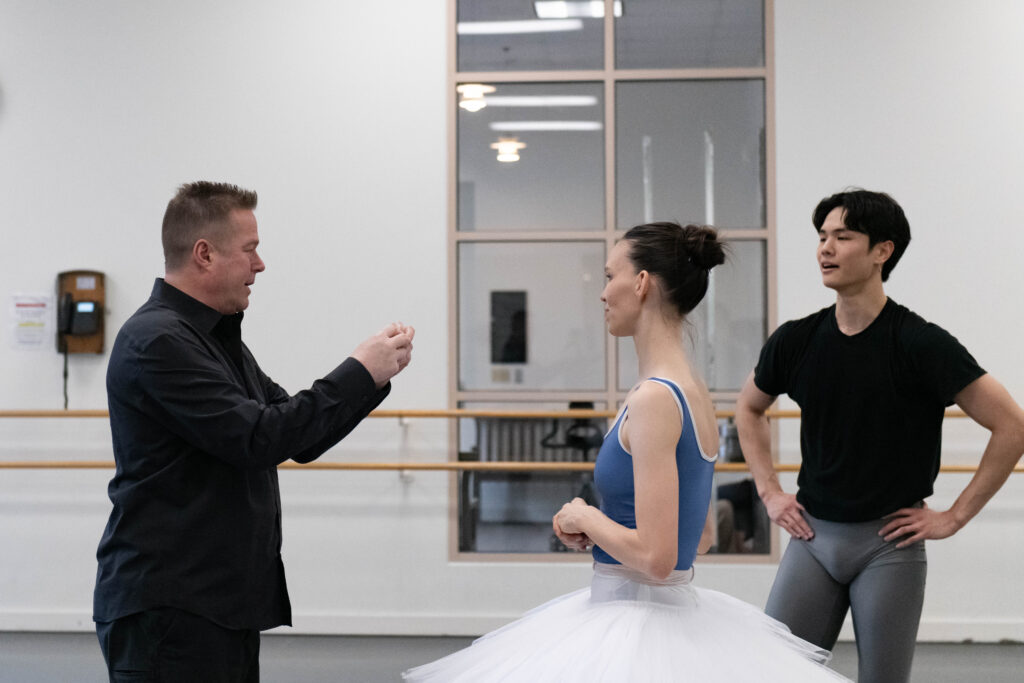
His goal in redoing the ballet is to ensure the choreography doesn’t disappear, even if its original 1898 storyline is inherently problematic. Although he didn’t consult any diversity experts to revise the work, Nissinen is confident that, with the help of Clerc and Nikitina, this version retains what is historically important about the ballet in a way that feels appropriate for today’s cultural sensibilities. “I think it’s very important that the classics are there so we see how our art form has developed,” he says. “It’s a little bit like the door needs the frame; otherwise, it just swings into nowhere.”
More than anything, he hopes this new Raymonda presents classical ballet in a way that’s “refreshing” for today’s audiences. That’s why he told set and costume designer Robert Perdziola that he wanted the cuts for the tutus to be classical, but the details to look more reminiscent of Alexander McQueen. (Think: exaggerated golds and asymmetrical patterns.) The set is simple, with white marley flooring flowing right from the stage into the backdrop in order to show off the dancing clearly, while the lighting by Brandon Stirling Baker creates specific moods for each scene.
Boston Ballet has already programmed Raymonda for future seasons at home, and Nissinen hopes to take it on tour, and maybe eventually set it on other companies. His ultimate goal with the ballet? “I hope audiences will bask in the beauty of academic classicism of the past in a very new way.”
